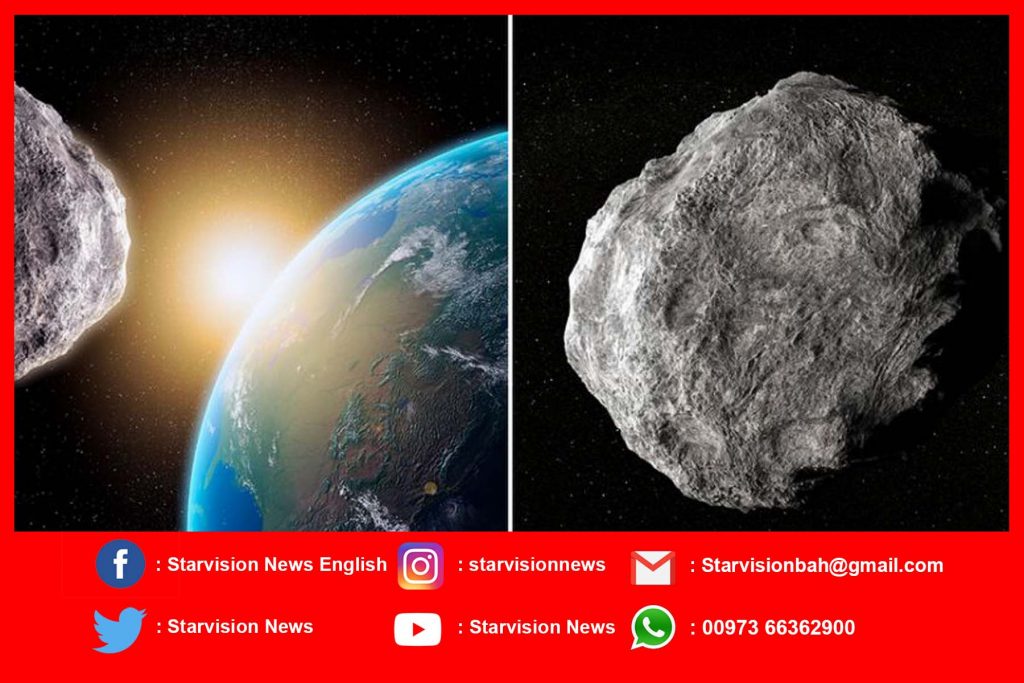Two relatively medium-sized asteroids will fly safely past Earth overnight Sept. 13-14 (Eastern U.S. time). NASA is tracking the objects, but orbit calculations ruled out any chance that the objects could pose a threat to our planet. “These asteroids have been well observed—once since 2000 and the other since 2010—and their orbits are very well known,” said Lindley Johnson, planetary defense officer, and program executive for the Planetary Defense Coordination Office at NASA Headquarters in Washington, DC.
“Both of these asteroids are passing at about 14 lunar distances from the Earth, or about 3.5 million miles away, but small asteroids pass by Earth this close all the time.” Near-Earth asteroid 2010 C01, estimated to be 400 to 850 feet (120 to 260 meters) in size, will safely pass Earth at 11:42 p.m. EDT on Sept. 13 (3:42 UTC on Sept. 14). The second object, 2000 QW7 is estimated to be 950 to 2,100 feet (290 to 650 meters) in size will pass later at 7:54 p.m. EDT Sept. 14 (23:54 UTC).
What is a near-Earth object?
Near-Earth objects (NEOs) are asteroids and comets that orbit the Sun, but their orbits bring them into Earth’s neighborhood – within 30 million miles of Earth’s orbit. These objects are relatively unchanged remnant debris from the solar system’s formation some 4.6 billion years ago. Most of the rocky asteroids originally formed in the warmer inner solar system between the orbits of Mars and Jupiter, while comets, composed mostly of water ice with embedded dust particles, formed in the cold outer solar system.
Who searches for near-Earth objects?
NASA’s Near-Earth Object (NEO) Observations Program finds tracks and monitors near-Earth asteroids and comets. Astronomers supported by the program use telescopes to follow up the discoveries to make additional measurements, as do many observatories all over the world. The Center for Near-Earth Object Studies, based at NASA’s Jet Propulsion Laboratory, also uses these data to calculate high-precision orbits for all known near-Earth objects and predict future close approaches by them to Earth, as well as the potential for any future impacts.
How do we calculate the orbit of a near-Earth object?
Scientists determine the orbit of an asteroid by comparing measurements of its position as it moves across the sky to the predictions of a computer model of its orbit around the Sun. The more observations that are used and the longer the period over which those observations are made, the more accurate the calculated orbit and the predictions that can be made from it.
How many near-Earth objects have been discovered so far?
At the start of 2019, the number of discovered NEOs totaled more than 19,000, and it has since surpassed 20,000. An average of 30 new discoveries are added each week. More than 95 percent of these objects were discovered by NASA-funded surveys since 1998 when NASA initially established its NEO Observations Program and began tracking and cataloging them.
Follow us on Twitter – twitter.com/StarvisionN
Like & Follow us on Facebook – www.facebook.com/starvisionnewsenglish


